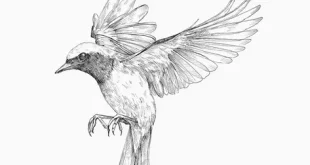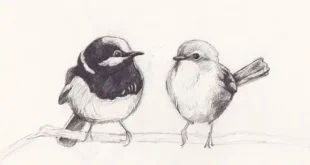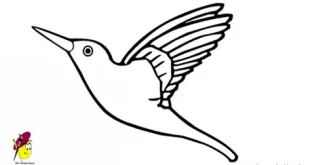Why Sun bittern Birds Are Rarely Seen in the USA
1. Introduction to Sun bittern Birds
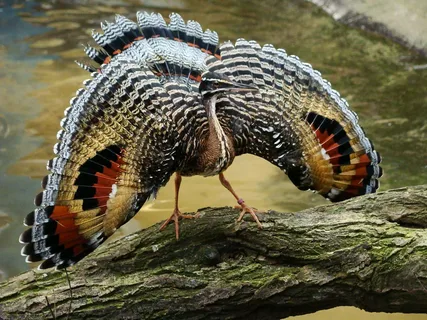
The Sunbittern is a striking bird species recognized for its distinctive wing patterns and elegant behavior. Although native to Central and South America, the Sunbittern has attracted great interest among bird enthusiasts in the USA. Its colorful plumage, Sun bittern Birds especially when wings are spread, reveals a stunning sun-like design admired by many. Birdwatchers often seek opportunities to observe these exotic birds in aviaries or specialized sanctuaries across different regions. The Sunbittern symbolizes both rarity and beauty, making it a fascinating addition to avian studies. In the USA, their presence highlights the growing appreciation for international bird species. Their rarity within American landscapes encourages researchers to document their habits and adaptations carefully. The Sunbittern’s charm lies not only in appearance but also in its slow, graceful movements, enhancing its reputation among ornithologists and casual observers alike.
2. Physical Features and Behavior
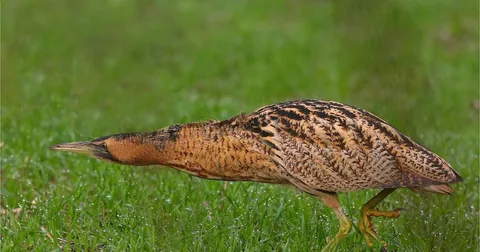
The Sunbittern’s physical appearance sets it apart from other exotic birds admired across the USA. With long legs, slender neck, and intricately patterned wings, the Sunbittern becomes unforgettable once seen. Its brown and grey feathers allow it to camouflage effectively in natural habitats, especially near rivers and wetlands. When threatened, the bird spreads its wings dramatically, revealing eye-like markings that deter predators effectively. Observers in the USA often describe this display as breathtaking, resembling an artist’s canvas alive with colors. The bird is known for patience, often standing motionless for extended periods while hunting aquatic insects or fish. This behavior reflects a remarkable adaptation for survival. Beyond feeding, the Sunbittern uses its delicate wing movements during courtship displays. Such performances highlight their elegance and attract attention in aviaries and conservation centers. This combination of beauty and practicality has earned the Sunbittern admiration worldwide.
3. Sun bittern Birds Habitat and Distribution in the USA
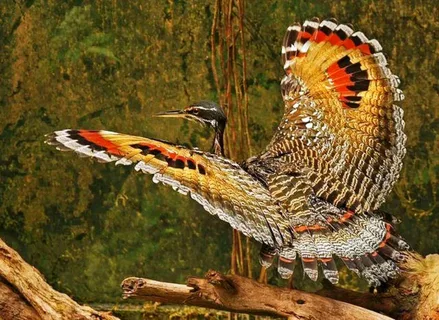
While the Sunbittern is not native to the USA, controlled environments allow limited opportunities for public observation. Zoos, aviaries, and bird parks have introduced the Sunbittern to American audiences eager to learn about global wildlife diversity. These carefully maintained habitats mimic natural conditions, ensuring the birds thrive in a secure and healthy environment. Water features, dense foliage, and open space are essential to replicate their tropical homes effectively. Visitors in the USA enjoy the rare chance to study these exotic birds closely, learning about their dietary needs and behavioral patterns. By offering Sunbitterns within conservation facilities, educational organizations enhance awareness of international bird species. The presence of such birds in the USA represents a commitment to wildlife appreciation beyond local ecosystems. Although not naturally occurring in wild American habitats, they remain significant ambassadors of biodiversity worldwide. Their inclusion encourages deeper connections with global avian conservation efforts.
4. Conservation Efforts and Importance

The Sunbittern, though not classified as endangered, still benefits from conservation efforts in various parts of the USA. Wildlife organizations maintain aviaries and breeding programs that help protect populations while educating the public about their uniqueness. By preserving birds like the Sunbittern, American institutions contribute to broader ecological awareness and cultural exchange. Visitors gain insight into how international species coexist with global ecosystems and why preservation matters. The Sunbittern’s symbolic patterns make it a perfect representative of biodiversity education within zoos and sanctuaries. Such initiatives inspire younger generations to value and protect birds from around the world. Conservation programs also provide opportunities for researchers to study adaptations and compare behaviors across different environments. In the USA, these projects demonstrate the importance of global cooperation in maintaining bird diversity. Protecting Sunbittern birds enhances understanding of delicate ecological balance, strengthening awareness of interconnected natural systems.
5. Cultural and Educational Significance
The Sunbittern’s influence in the USA extends beyond biology, reaching cultural and educational dimensions of society. Schools, museums, and birding organizations use Sunbitterns as examples to highlight avian diversity and adaptation. Their striking wing patterns serve as natural art, inspiring creative projects and promoting appreciation for nature’s design. Observing a Sunbittern encourages reflection on how different species adapt to survival challenges across distinct environments. In American aviaries, these birds spark discussions about conservation, cultural exchange, and ecological balance. Birdwatchers often share experiences of witnessing Sunbitterns, creating networks that celebrate international biodiversity. The Sunbittern’s uniqueness contributes to strengthening connections between people and global wildlife. Its role in education highlights how exposure to diverse species shapes environmental awareness.
 Birds Drawing Birds Drawing
Birds Drawing Birds Drawing

